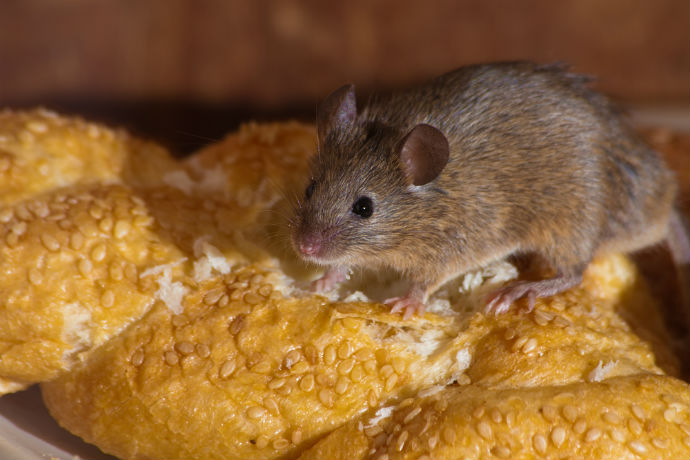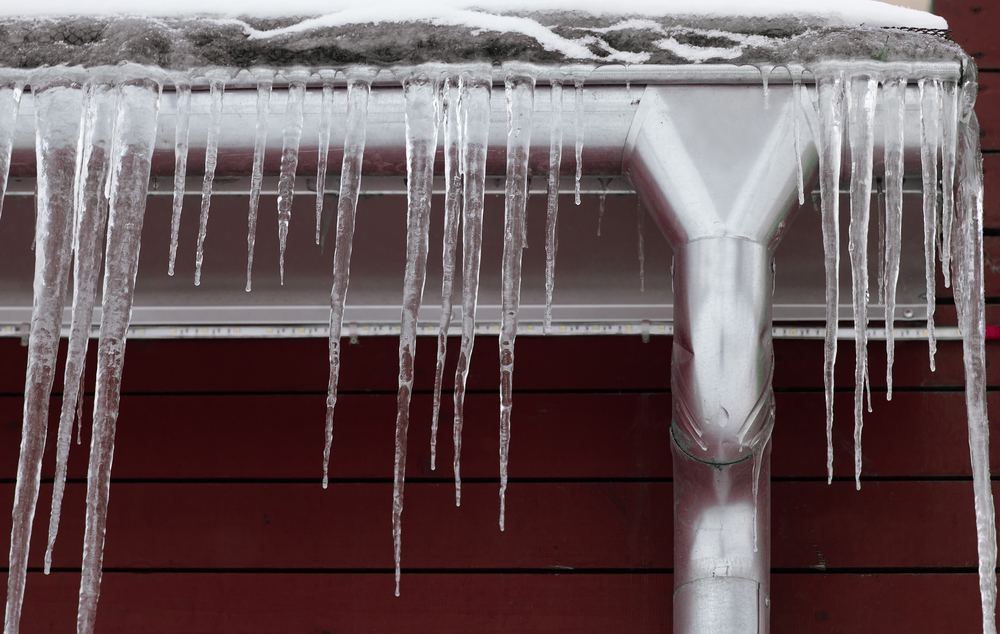Property Owners: Recommendations for Winter-Proofing Homes from Pests

This article is #8 of a 5 part series Rental Property Maintenance Tips for Winter - Free Property Manager and Landlord Resources from a leader in single-family property management software and solutions.. For additional suggestions checkout the rest of the Rental Property Maintenance Tips for Winter series.
Just like we do, pests seek warmth and shelter when the temperatures turn cold. The winter months are some of the most active for household pests like rats and mice to invade homes.
According to the National Pest Management Association (NPMA), more than 21 million rodents invade U.S. homes, skittering inside through any opening they can find. The temptation of warmth and a good meal lead most pests directly to the kitchen, but others will travel anywhere simply to avoid the cold. Cracks, crevices, openings around electrical and plumbing fixtures are among the most targeted entry points.
Earlier this year, NPMA recommended that homeowners winter-proof residences and other structures to keep pests out. And now that Punxsutawney Phil declared six more weeks of winter at the beginning of February, rats and mice will not doubt be on the quest to find warm, cozy places to nest.
The best way for property owners to send rodents and other pests scurrying on down the road is preventing them from entering the home in the first place, says Missy Henriksen, the NPMA’s vice president of public affairs.
“As it comes to winter time, pests are trying to get in for warmth, food and water,” Henriksen said. “The winter months are those that we are often most concerned about. (Pests) are just as tempted as we are to get in out of the cold, so it’s important we try and remove those entry points.”
Henriksen said that property owners should educate residents about what attracts rodents and pests in general and how they can enter a structure. Here are a few recommendations from the NPMA, as well as other useful tips, to help keep pests out of the house during the winter months and other seasons:
Keep Popular Destinations Well-Ventilated and Clutter-Free
Henriksen said 29 percent of Americans experience a problem in residences. About 50 percent of the invasions take place through the kitchen − living rooms and bedrooms are also popular destination spots for these little travelers – and colder temperatures outside are persuasive enough to lure them to come inside.
Rodents like to access homes through basements, attics, roofs and foundations, as well as bathrooms where water is in supply. Eliminate moisture from leaky pipes and drains to ensure that if pests do get in, they won’t have ideal conditions in which they can thrive. NPMA says these areas should be kept well ventilated, dry, and clutter-free.
Put Food in its Place - Away
Pests are attracted to food, water and shelter. Removing sources of food and water, including pet bowls, will help deter pests.
Residents should be encouraged to keep food in sealed containers and clean up after each meal to avoid leaving crumbs behind (both on surfaces or floors around eating areas)
Perform Routine Checks for Openings in the Structure
Pests enter structures through cracks and crevices around windows, doors, along foundations, ripped screens, uncapped chimneys, and also through holes where utilities enter homes. Pests can also catch a ride into the home in firewood, groceries and other deliveries.
Mice fit through holes the size of a dime, and rats can squeeze through quarter-sized openings. Seal any openings with silicone caulk or steel wool and make routine checks around the home to look for new openings. If you do find a new opening, then seal it immediately.
“It’s important that property owners are taking a look at the building structures, making sure that all cracks and crevices are sealed, especially around windows and along foundations,” Henriksen said. “(Rodents) are easier to manage and control if they are kept out than once they get inside.”
Keep the Grounds Tidy
While a rodent-proofed structure certainly is a great line of defense for keeping invaders out, eliminating the attraction to come onto the grounds in the first place is good policy.
Rats, mice and other pests live under wood piles or lumber that is not being used, under cluttered landscape and rocks, in cars, in and around trash and garbage areas and in holes under buildings. Eliminating these sources will keep them away, as will installing flashing around the structure to prevent rodents from climbing into upper floors.
Henriksen encourages property managers to contact a licensed pest professional who is trained in biology in rodents if problems persist. But just taking initial precautions toward preventing an infestation will go a long way.
“The best line of defense is keeping them out in the first place,” she said
(Image Source: Shutterstock)







